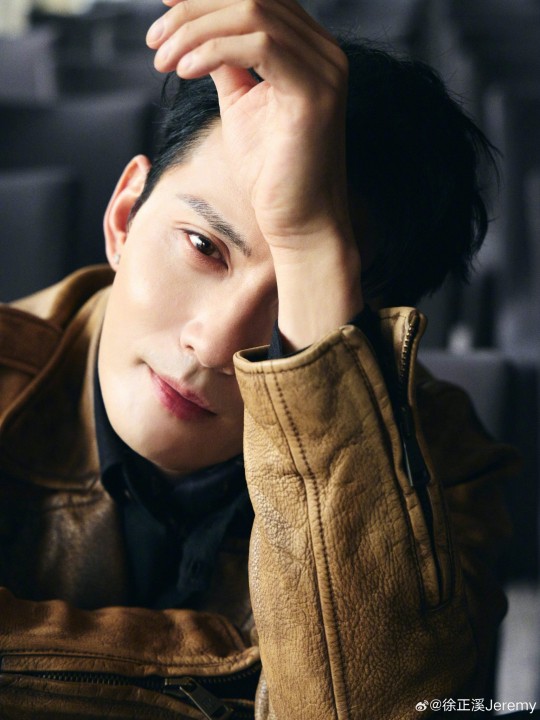#xu xi
Text



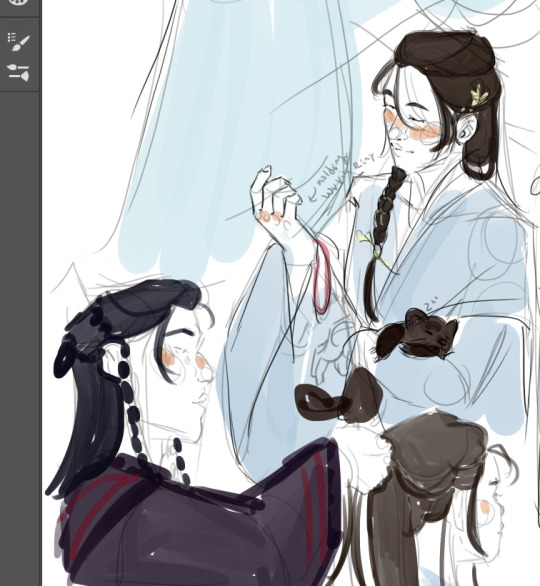

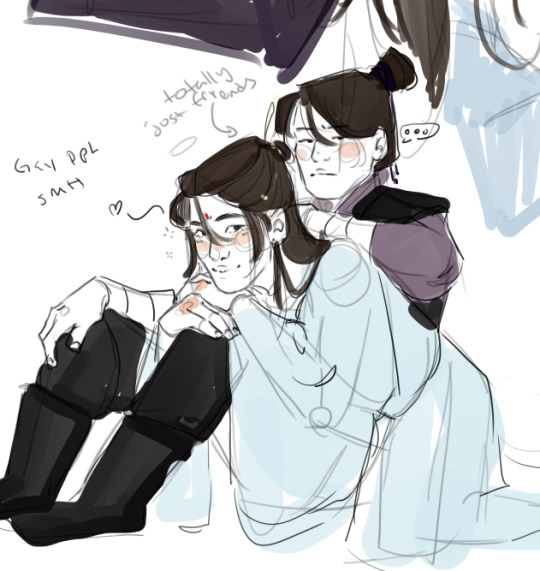

finals are eating me alive but beiyuan
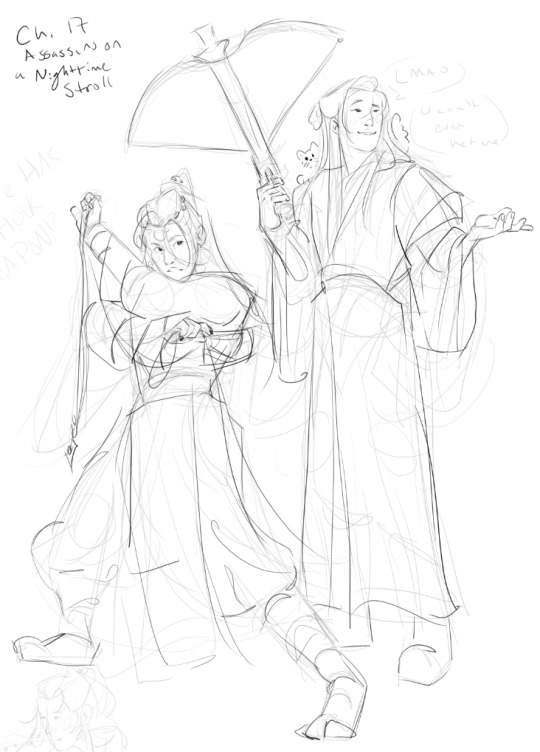
#need a break from writing 28 page papers? draw jing beiyuan#my reread of qiye is accompanied by a massive reobsession with beiyuan#i love him dearly#jing beiyuan#jing qi#qi ye#七爷#lord seventh#priest novels#xu xi#xiyuan#zhou zhisu#totally just friends jby/zzs#lord seventh priest#just there once but yk we love him#my art#toasterfireart#this isn't even all my drawings that ive done like the like past 3 days#my friend said i should just make a zine nd i think she's right but alas#im also maybe drawing snipits as i read again that i wanted to draw when i first read it but never did#i wish i was joking about my paper length...it's not intentional..
250 notes
·
View notes
Text

Xu Xi (Chinese, ?-before 975)
Butterfly and Chinese Wisteria Flowers
208 notes
·
View notes
Text

Xu Xi Butterfly and Chinese Wisteria Flowers
214 notes
·
View notes
Text
Explaining one of VTMB paintings (pt 13)
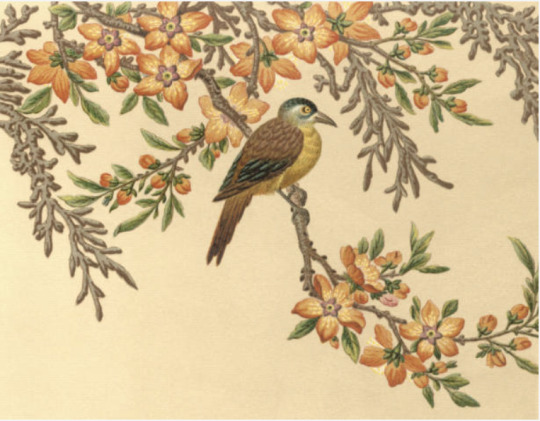
This painting show up as one of the works of art found in The Red Dragon Chinese restaurant in Chinatown run by the honorable and successful local businessman Wong Ho in VTMB.
It is actually a single panel of a much larger colored lithography on traditional Chinese art from a French book called L'Ornement Polychrome (in English: Color Ornament) which is a major pictorial works on the history of design published in 1880 - 1889 by Albert-Charles-Auguste Racinet.
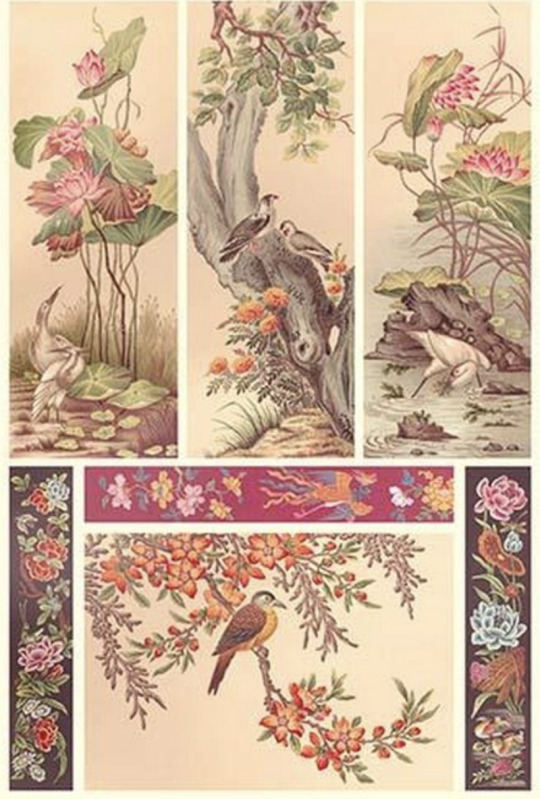
Chinese Bird Panels colored lithography found in L'Ornement polychrome by Albert-Charles-Auguste Racinet (1880 - 1889).
Also the Black panel's to the left and right of this bird are also used with a different print from another page of this book as a part of a trio of paintings.

trio of art [left is with mod/right is without], screen shot from the Nexuse Mods page for the VTMB Art Texture Pack mod made by Vampire Nonsense whose citation list of the paintings I’ve found very helpful with identifying art/artist when I can’t do it on my own. It also seems like a nice mod as it doesn’t change the paintings to be different from the ones used in the base game but rather updates them to have better resolution. [6]
The middle piece of this trio comes from another page on Chinese art from L'Ornement polychrome (shown below) with this page possibly showing print recreations of embroidery patterns rather then paintings, but i’m not sure.

Chinese Bird Panels (embroidery patterns?) colored lithography found in L'Ornement polychrome by Albert-Charles-Auguste Racinet (book author) (1880 - 1889). I assume that the Chinese and stamps are the works titles and the artist signatures respectively for the panels in the print rather then being reproductions made by Albert-Charles-Auguste Racinet himself like on the other page.
Albert-Charles-Auguste Racinet (1825–1893) is best known today for publishing two major pictorial works on the history of design: Le costume historique (English: Historical costume ) and the formerly mentioned book L'Ornement Polychrome which was published in ten installments between 1869 and 1873, that acts as a visual record in 100 plates of the decorative arts from antiquity to the eighteenth century. The work was such a huge success that in 1885–7. Racinet brought out a second series, this time of 120 plates, and updated to include designs of the nineteenth century as well. The imagery presented in both series is drawn from a wide array of various mediums, including woodwork, metalwork, architecture, textiles, painting, and pottery, and from cultures all over the world. [1,2]
Being the son of a printer lithographer and later a student at l’École de dessin de la Ville de Paris, triggered Racinet aspiration to inspire and teach others. His ability to reproduce classical and ancient art – studying and learning from them at art school and the knowledge of reproduction and print that his father thought him sparked his interest in art education – producing scholar books. As an artist he did produce some individual works and his paintings were even exhibited at the Salons in Paris for 1849 to 1874, but in fact these were always reproductions of ancient manuscripts from la Bibliothèque Nationale, showing classical and archeological subjects. [3]
His career as an artist, art historian but mainly as director of publications echoes the development of decorative art in the second half of the 19th century. The spirit of discovery, progress and invention permeated all aspects of life during the 19th century. With the construction of the Suez Canal in the 1860’s, travel was facilitated between Europe and Asia, opening up hitherto inaccessible worlds to the western world. That same decade saw major archeological excavations taking place in Egypt and in Italy at Herculaneum and Pompei, revealing long forgotten artefacts to the European public. These activities triggered a renewed interest in the classicism. But note that, the revival of ancient styles was not a matter of copying and imitating, it was rather more a start of a new chapter in decorative art – to be inspired and to borrow ornaments of past civilisations to combine with new found industrial techniques to create a new type of decorative design. As part of select group of teachers, publicists and artists, Auguste ‘diffuse the most significant motifs of the decorative arts of the time. [3]
So I will fully admit that most of my knowledge of art history centers around European, North America and a bit of African art history. Traditional Chinese art history is something I’m less familiar with and as I have zero ability to read ether French or Chinese and can’t find an English translation of L'Ornement Polychrome online I’m mostly just guessing on this print being Racinet’s example of the traditional Chinese painting genre known as Huaniaohua (Traditional Chinese: 花鳥畫 // English: Bird-and-Flower paintings). I will be basing a majority of my description about the Bird-and-flower painting genre from the description I found in the chapter on Bird-and-flower paintings from the book Essential Terms of Chinese Painting by Dr. Maria Cheng and Dr. Wai Hung Tang[4]. If anyone has more knowledge on this subject free to comment below.
Bird-and-flower paintings are one of the three traditional Chinese painting genres, the other two being landscape and figures, that predate the Han dynasty (200 BCE) and continued to evolve long after. While it is called “Bird-and-flower paintings” the genre also extends to any aquatic, terrestrial or arial creature other then humans. There are five subgenre that works in this genre are broken up into: feather, flower, insect, aquatic and beast paintings. The separation of Birds and Flowers as a genre distinct from figure and land scapes was the result of a rivalry between two famous artist/art-masters that lived on opposite sides of the country and each forming their own schools of Bird-and-flower paintings.
The first being Huang Quan (Traditional Chines: 黃筌) (903–965) who lived in the western interior and was known for a meticulous style of depiction as show below in his work Xie Sheng Zhen Qiu Tu, (10th century).

Bird-and-Flower paintings done in the meticulous style as implied by the name use very fine brush strokes and seek to represent life like colors and require close observation. Outlines will be done in stark ink and vibrant washes will then be added at later stages.
The second was Xu Xi (Chinese: 徐熙) (886-975) who lived in the east cost and favored more expressive style of Birds and flowers as seen in his work shown below Butterfly and Chinese Wisteria Flowers (active mid-10th century)

Bird-and-Flower paintings done in the expressive style places a much greater emphasis on expressing spirit of the subject being captured over a ridgiousoly conforming to lifelike depictions. And while Xu Xi art may not seem any less of a lifelike depictions then Huang Quan at first glance, it is important to keep in mind that he was one of the first to use this expressive style. This was also not the only style that focused on the idea of capturing the feeling rather then depicting reality in not only Chinese but other Asian art styles, and later these themes would influence 19th century westerns artists such as the Impressionists who found inspiration in a wide verity of Asian painting and printing styles. Western artist in the 19th century suddenly became exposed to centuries of artistic traditions, styles and histories from Asia, the Middle East and Africa through the publication of books such as L'Ornement Polychrome which for the first time allowed them to draw from new sources of artistic inspiration outside of the centuries of European art styles and traditions.
Finally, while these two masters from long past where the major influences at the beginning of the Bird-and-Flower paintings genre it is by no means considered an outdated or dead art style with modern artists such as Fan Yang’s work The Bee, Butterfly and Grasshopper, ink and color on paper, (2010) shown below being exhibited as a part of the Tasteful Leisure among Flowers – Contemporary Chinese Bird-and-Flower Painting Exhibition jointly hosted by Beijing Fine Art Academy, Guangdong Artists Association, Guangzhou Academy of Fine Arts, Contemporary Lingnan Art Research Center and Guangdong Provincial Society of Chinese Painting in 2018.

The Bee, Butterfly and Grasshopper, ink and color on paper, (2010) by Fan Yang
Citations
[1]The Miriam and Ira D. Wallach Division of Art, Prints and Photographs: Art & Architecture Collection, The New York Public Library. "L'ornement polychrome" The New York Public Library Digital Collections. 1880 - 1889. https://digitalcollections.nypl.org/items/510d47da-3fac-a3d9-e040-e00a18064a99
[2] “Albert Racinet's L'Ornement Polychrome (1869–73).” The Public Domain Review, The Public Domain Review , https://publicdomainreview.org/collection/albert-racinet-s-l-ornement-polychrome-1869-73.
[3]Sanders, Esmée Elice. “Auguste and Esmée – an Introduction.” L'Ornement Polychrome, 19 Feb. 2015, https://racinet.wordpress.com/2015/02/19/.
[4]Cheng, Dr. Maria, and Dr. Wai Hung Tang. “Bird-and-Flower Painting.” Essential Terms of Chinese Painting. United States: City University of Hong Kong Press, 2018. Print
[5]Wang, Sue. “Tasteful Leisure among Flowers – Contemporary Chinese Bird-and-Flower Painting Exhibition.” Central Academy of Fine Arts New PPER, 5 Oct. 2018.
[6] link to Vampire Nonsense’s VTMB Art Texture Pack mod on Nexus Mod
https://www.nexusmods.com/vampirebloodlines/mods/75?tab=description
#VTMB#Explaining one of VTMB paintings#bird and flower painting#huaniaohua#vampire the masquerade#traditional chinese painting#l'ornement polychrome#albert charles auguste racine#xu xi#The red dragon(VTMB)#huang quan#vampire nonsense#art history
3 notes
·
View notes
Text

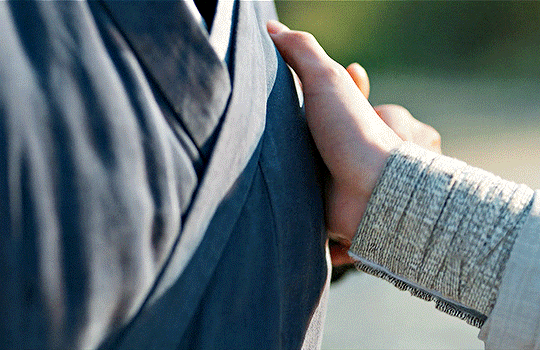
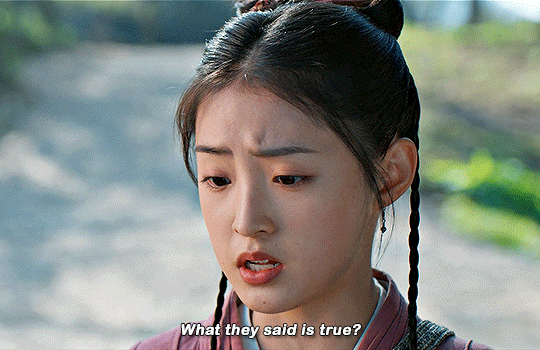
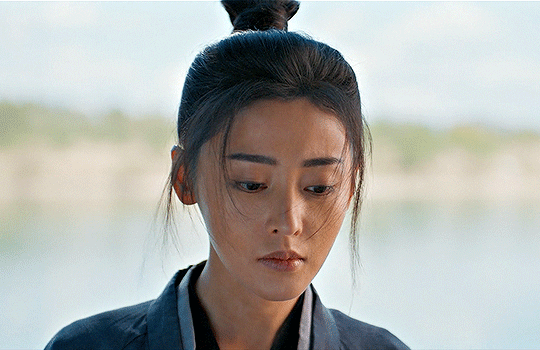


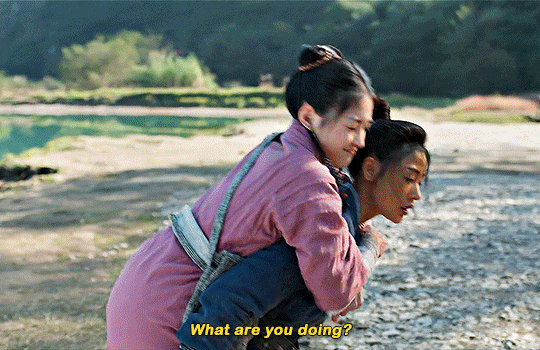





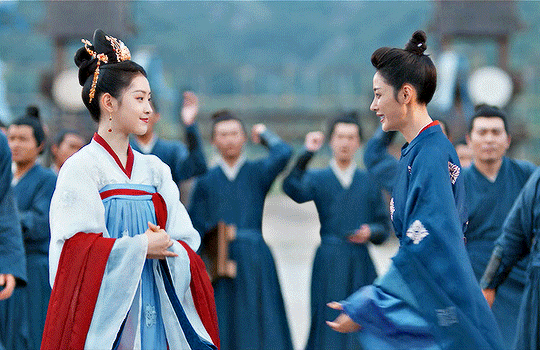
A MAI & XU XIU ER
Fighting for Love 阿麦从军 (2024) | Episode 22
#fighting for love#a mai#xu xiu er#阿麦从军#cdrama#sapphic wedding#zhang tian ai#jiang yun xi#crystal zhang#zhang tianai#gifs#xiu er found out a mai is a girl and still wanted to marry her🥲
89 notes
·
View notes
Text


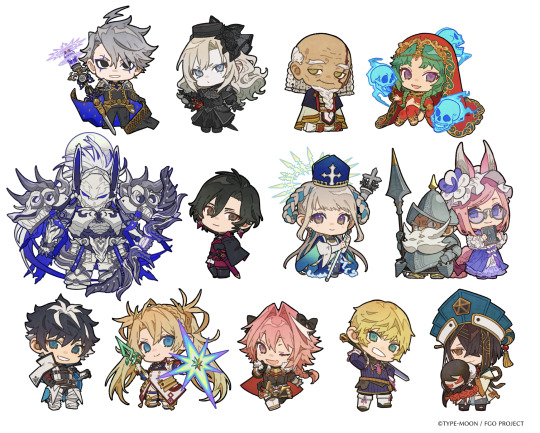
FGO SD illustrations drawn by Tsubata Nozaki
#fgo#fate grand order#it's nice to have them all side by side...#going to try tagging them all lord help me#james moriarty (ruler)#kriemhild#zhang jue#salome#minamoto no tametomo#constantine xi#popess johanna#don quixote#charlemagne#bradamante#astolfo#roland#xu fu#castoria#morgan#barghest#baobhan sith#melusine#percival#oberon#habetrot#taigong wang#dobrynya nikitich#koyanskaya#annd tag limit.#uploads
164 notes
·
View notes
Text




shiyongs
83 notes
·
View notes
Text


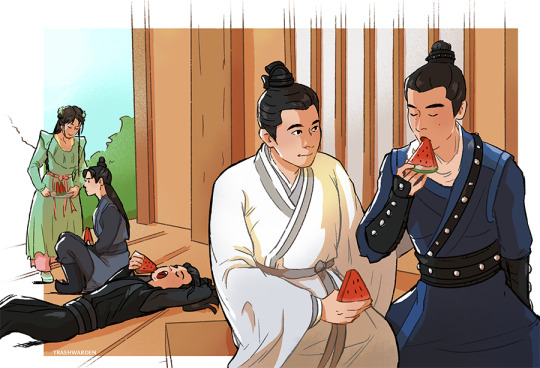
Zhongxu universe art I did to celebrate @agameofluckyhit birthday last month ❤️
Characters are a crossover from two cdramas Unique Lady and The Blooms at Ruyi Pavilion and they took over my life in the last months 🥹
#zhongxu#Zhong Wumei#Xu Jin#jzeu#junzhe#俊哲#钟无寐X徐晋#my art#Zhang Ji#Lin Loujing#Jiang Xuanyu#Xu Ping#Wen Xing#Ge Chuan#Xu Jia#Xi Que#i have so many art of them but the jzeu fandom is almost non-existent on tumblr#so idk if anyone would appreciate it here 🤣
44 notes
·
View notes
Text

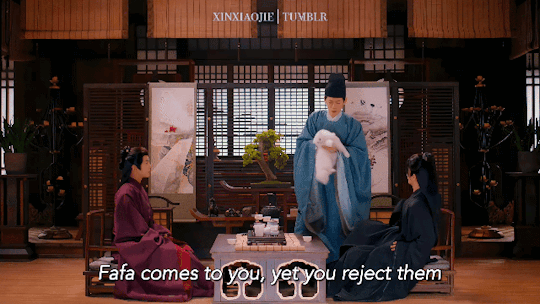

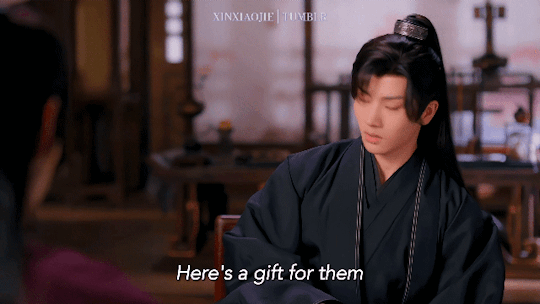




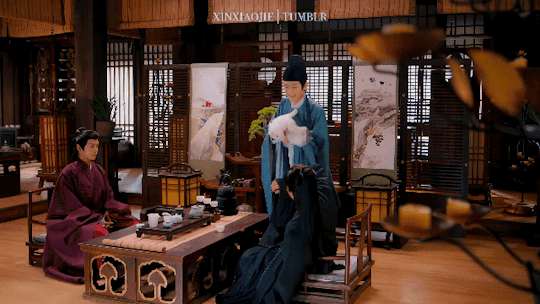

Huaihuai, Fafa & Hanhan 🐱
#花琉璃轶闻#Royal Rumours#Hua Liu Li Yi Wen#cdramasource#chineseartistsinc#asiandramasource#dramasource#dailyasiandramas#cdramaedit#chinesemedia#cdramanet#cdramagifs#chinese drama#cdrama#caps#pei jihuai#li qing#li fei#yun han#xu zheng xi#jeremy xu#xu zhengxi#ep8#ot3??? dont mind if i do i'll eat this up anyday#fafa best character in the whole show nobody @me also i feel like hanhan isnt a fan of cats bc hes a cat himself
82 notes
·
View notes
Text



I thought you wouldn't come.
AT THE MOMENT (2023) - 1x07
22 notes
·
View notes
Text
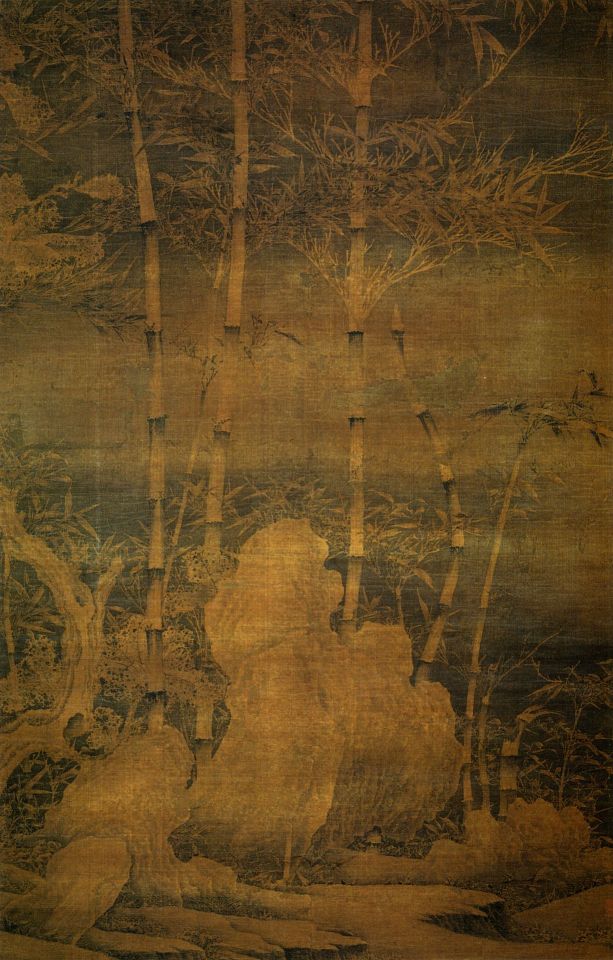
Xu Xi (Chinese, ?-before 975)
Snowy Bamboo
26 notes
·
View notes
Photo
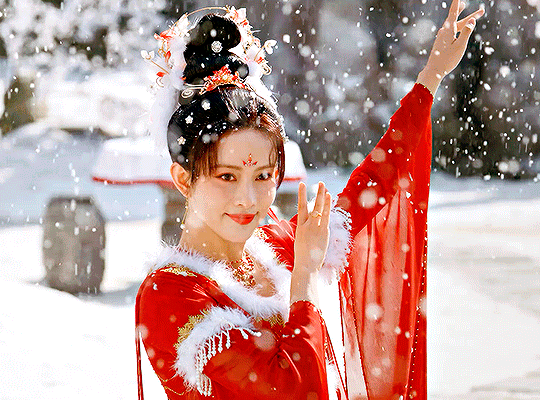

Royal Rumours 花琉璃轶闻 (2023)
Dir. by. Nelson Chau – Episode 5
#royal rumours#cdrama#cdramaedit#userdramas#cdramasource#asiandramanet#asiandramasource#usergooseras#natahjikio#tuserjade#roserayne#useryd#lextag#belsmultifandommess#gifs#my gifs#*#meng ziyi#meng zi yi#xu zheng xi#jeremy tsui
118 notes
·
View notes
Photo
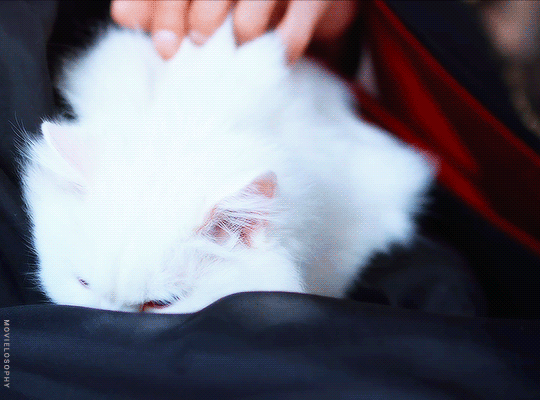

Royal Rumours | The crown prince who loves cat
#i was made to believe that every cat lover is cute#but he looks cunning#and calculating#royal rumours#cdrama#this one is funny#jeremy tsui#xu zheng xi#character: ji yuan chao#cat#cat aesthetics
105 notes
·
View notes
Text
getting irrationally mad about the romance pairings of a 2005 Taiwanese romcom show that I can barely understand sometimes because the translations are so poorly done
#I only understand English so forgive me if I’m getting stuff wrong#it should be Ye Tian Yu and Xu Zi Qian!!!! they’re so cute together#are you joking I don’t care about Shun Jao. he’s lame. I only liked him when he was being all loverboy#honestly they should have never done this fake dating arc I am falling out of love with the main couple and instead rooting for an option#that will never come true#and Fan Yun Xi is terrible. this girl sucks Xu Zi Qian deserves so much more he’s a sweetheart#the prince who turns into a frog
8 notes
·
View notes
Text


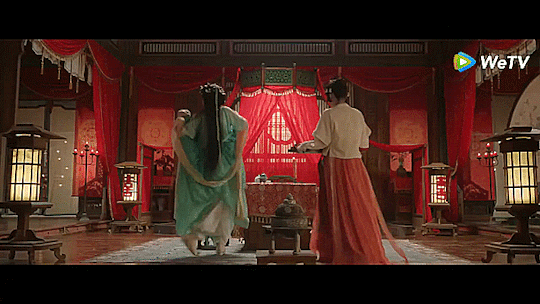


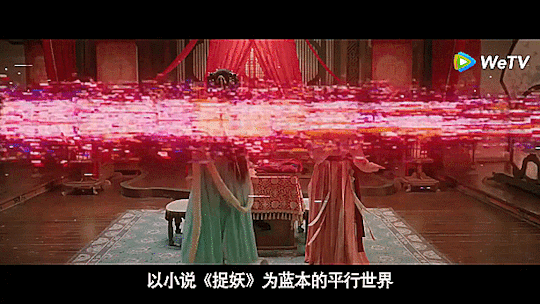

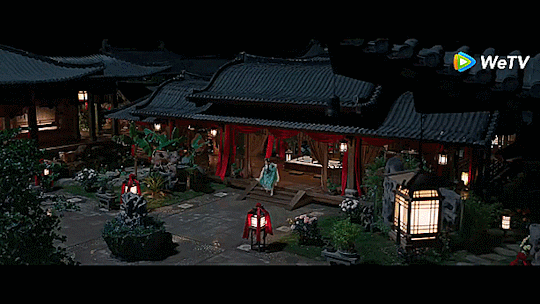
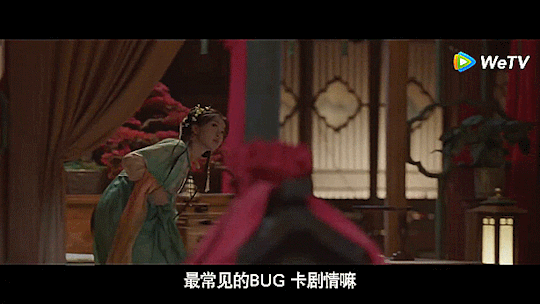

Cdrama: Yong Ye Xing He (2024?)
「永夜星河」首支預告:主線任務已開啟,請宿主按照指示完成任務! | WeTV
Watch this video on Youtube: https://www.youtube.com/watch?v=yfWU3vSdW4c

#Yong Ye Xing He#永夜星河#The Guide to Capturing a Black Lotus#黑蓮花攻略手冊#Hei Lian Hua Gong Lue Shou Ce#Eternal Night of Star River#2024#youtube#chinese drama#cdrama#trailer#Tencent Video#wetv#Yu Shu Xin#Ding Yu Xi#Zhu Xu Dan#Yang Shi Ze#Chen Du Ling#Gillian Chung#Xu Hai Qiao
9 notes
·
View notes


